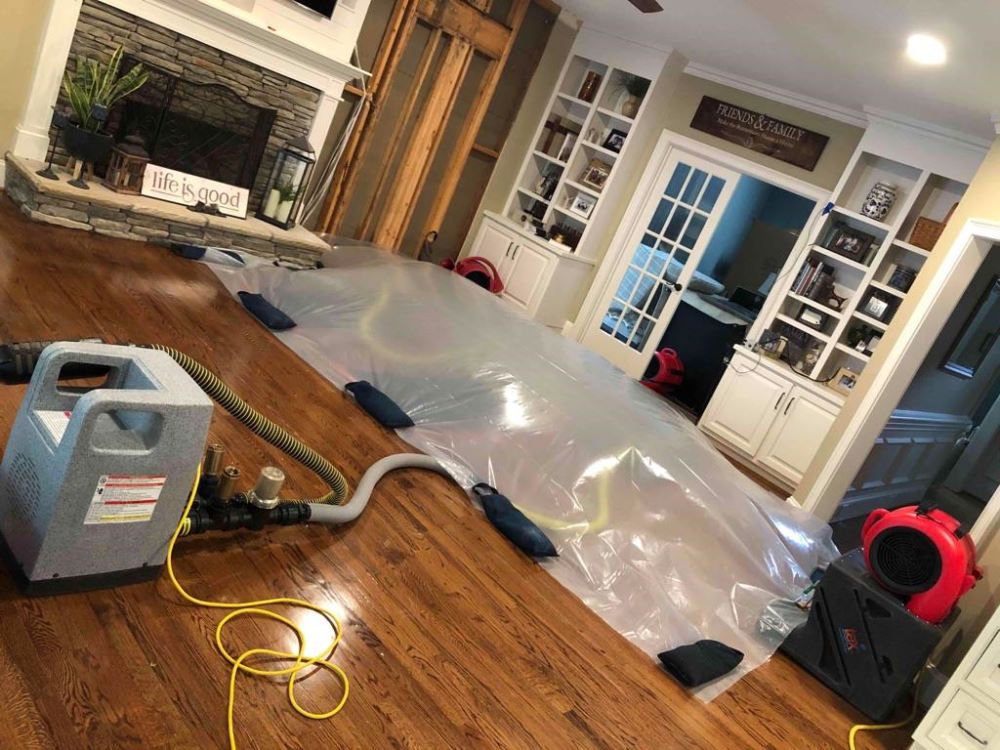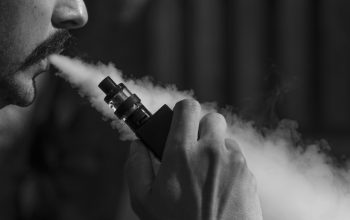When fire strikes, it leaves behind destruction and despair. Yet, in the aftermath of devastation, there emerges a beacon of hope: the promise of restoration. As technology advances and innovation thrives, the field of fire restoration is witnessing remarkable breakthroughs, revolutionizing the way we rebuild and reclaim spaces ravaged by flames. Here, we unveil some of the most groundbreaking innovations shaping the future of Fire restoration.
- Advanced Cleaning Techniques: Traditional methods of cleaning soot and smoke residues often fell short in completely restoring affected surfaces. However, innovative cleaning technologies such as ultrasonic cleaning, dry ice blasting, and laser cleaning have revolutionized the restoration process. These methods utilize high-frequency vibrations, pressurized air, or laser beams to effectively remove soot, smoke, and other contaminants from a wide range of materials without causing damage.
- Ozone Treatment: Ozone generators are increasingly being used in fire restoration to combat stubborn odors lingering after a fire. Ozone, a naturally occurring gas, has powerful oxidizing properties that neutralize odors by breaking down odor-causing molecules at the molecular level. Ozone treatment offers a chemical-free and environmentally friendly solution for deodorizing fire-damaged properties, leaving behind fresh, clean air.
- Thermal Imaging Technology: Detecting hidden pockets of heat and moisture within fire-damaged structures is crucial for preventing mold growth and ensuring thorough restoration. Thermal imaging cameras enable restoration professionals to identify temperature differentials and moisture levels behind walls, ceilings, and floors, allowing for targeted remediation efforts and comprehensive drying strategies.
- Microbial Remediation Products: Fire-damaged properties are susceptible to microbial growth, including mold, bacteria, and fungi, which can pose health risks to occupants and compromise indoor air quality. Innovative microbial remediation products, such as antimicrobial coatings and encapsulants, offer long-lasting protection against microbial growth, inhibiting the spread of mold and bacteria and promoting a healthier indoor environment.
- Smoke Sealing Technologies: Sealing off smoke odors and residues trapped within porous materials such as wood, concrete, and drywall has long been a challenge in fire restoration. However, recent advancements in smoke sealing technologies, including penetrating sealants and encapsulation products, provide effective solutions for permanently sealing in smoke odors and preventing their reemergence, even in the most porous surfaces.
- Remote Monitoring Systems: Real-time monitoring of fire-damaged properties is essential for ensuring the effectiveness of restoration efforts and minimizing the risk of secondary damage. Remote monitoring systems equipped with sensors and cameras allow restoration professionals to monitor temperature, humidity, and air quality levels remotely, enabling proactive intervention and adjustment of drying equipment as needed.
- Data Analytics and Predictive Modeling: Leveraging the power of data analytics and predictive modeling, restoration professionals can gain valuable insights into fire damage patterns, trends, and best practices. By analyzing historical data and employing predictive algorithms, restoration companies can optimize resource allocation, improve response times, and enhance the overall efficiency and effectiveness of fire restoration operations.
- Green Restoration Practices: As environmental awareness grows, there is a growing demand for sustainable and eco-friendly restoration solutions. Green restoration practices, such as using biodegradable cleaning agents, salvaging and repurposing materials, and implementing energy-efficient technologies, offer environmentally responsible alternatives to traditional restoration methods, reducing the carbon footprint of restoration projects and promoting sustainability.
- Collaborative Platforms and Technologies: Collaboration is key in the field of fire restoration, where multiple stakeholders, including restoration companies, insurance providers, contractors, and property owners, must work together to achieve successful outcomes. Collaborative platforms and technologies, such as cloud-based project management software and mobile applications, streamline communication, facilitate information sharing, and improve coordination among stakeholders, leading to more efficient and transparent restoration processes.
- Training and Certification Programs: Keeping pace with advancements in fire restoration requires ongoing education and training for restoration professionals. Training and certification programs offered by industry associations and certification bodies provide restoration professionals with the knowledge, skills, and credentials needed to stay abreast of emerging technologies, best practices, and regulatory requirements in fire restoration.
As fire restoration continues to evolve, driven by innovation and ingenuity, the future holds promise for more efficient, effective, and sustainable restoration solutions. By embracing these innovations and leveraging the power of technology, restoration professionals can empower communities to rise from the ashes and rebuild stronger, safer, and more resilient than ever before.



